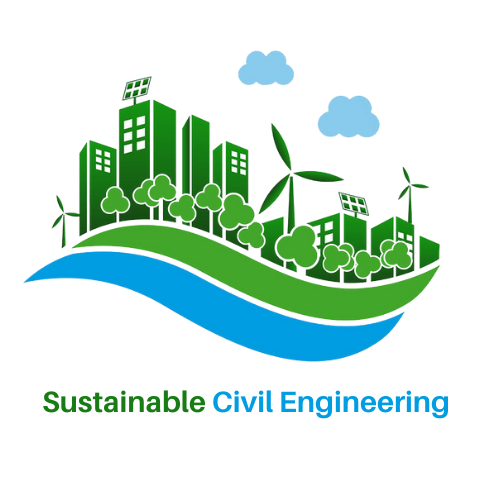Missed Opportunities in the Built Environment
A few months ago, I joined a non-profit committee that reviews new building construction in a San Francisco district. The review’s main purpose is to ensure the new building will fit aesthetically in the neighborhood, advocate for affordable housing, and reduce resident displacement. However, I am always surprised that developers and their architects often do not even try to design any sustainability features for the building. And I understand well enough how expensive it is to build in the City. Still, my concern is that if people in a city as progressive as SF do not care about sustainability, what can we expect from other parts of the country and the world?
Recently, I was part of a review team for a new building, which precludes parking of any kind. And although I like the idea of reducing our dependency on cars to get around, I also learned that the building department requires one (1) bike spot per new residential building built. Therefore, if a new 20-unit residential building goes up, the developer must only provide space for 20 bikes; regardless of whether the units are studios or two-bedroom units, which might be packed with roommates, there will only be spots for one bike per apartment. In addition, adding permeable areas, such as landscaping or even just permeable paving, is rarely provided. It is simply much easier to pave the surrounding areas. However, this approach increases stormwater runoff, overtaxes the combined sewer system, and contributes to the heat island effect.
Even with the current drought, which has already resulted in 2021 being the third driest year in 100 years, there is still no attempt to harvest rainwater, reclaim gray water for use in toilets and landscaping, etc. And I fear that part of this problem is that terms such as global warming, unsustainable planet, resource depletion, and others have collectively turned into white noise. Also, we mostly do not look beyond our retirement years. We want to enjoy and be solvent when we retire. Therefore, all tour decisions are based on what we can foresee within the next few decades, depending on how old we are; however, there is still insufficient care and investment in future generations. However, we need to think about urgency. For example, if we knew that water would stop coming out of the faucet in a year, would we not look into rainwater harvesting, water consumption reduction, and other measures with an extreme sense of immediacy?
As civil engineers, architects, planners, landscape designers, and others, it is our responsibility to offer our professional opinions whenever we work with a client; and even though ultimately the client needs to make the decision, and the appropriate agencies approve new construction, we can make a difference by repeatedly suggesting we incorporate a sustainability approach to all new and/or remodeling construction. Because if we do not start paying our debt to nature now, we will encumber the next generations to make larger sacrifices.

